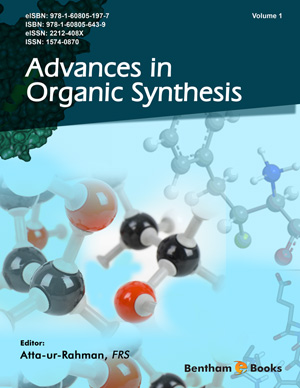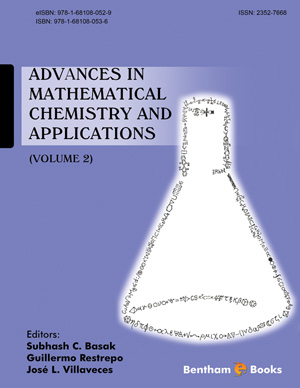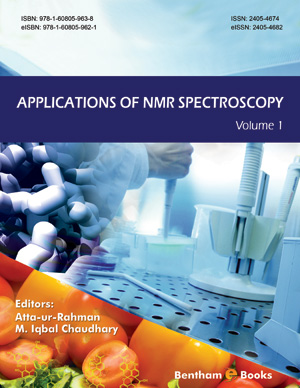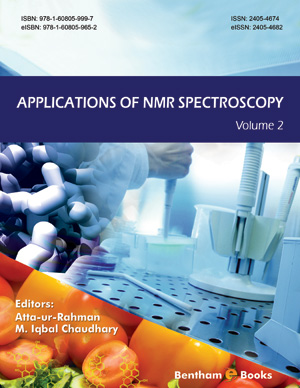Abstract
Catalysis plays a vital role in chemical transformation. The discovery of the Wilkinson catalyst, Rh(Ph3P)3Cl, for hydrogenation stimulated a lot of attempts to develop the enantioselective version of these reactions by using optically active transition metal complexes [1]. In the beginning, only very low enantioselectivity was obtained in the hydrogenation of 2-phenylacrylic acid and 2-phenyl-1-propene with certain chiral tertiary phosphine rhodium complexes as catalysts [2]. However, the situation was dramatically changed by the invention of well-designed Rh complexes. This chemistry later became the standard method for the synthesis of optically active amino acids. In particular, the discovery of Ru-BINAP complexes in the mid 80’s significantly expanded the scope of asymmetric hydrogenation [3]. High rates of reduction of C=X functional groups were attainable only by the coordination of structurally well-designed catalysts and suitable reaction conditions. The use of appropriate chiral diphosphine ligands, particularly the BINAP class compounds, and chiral diamines resulted in rapid and productive asymmetric hydrogenation of a range of aromatic and heteroaromatic ketones and gave consistently high enantioselectivity. Certain amino and alkoxy ketones were also used as the substrates. In fact, this asymmetric transformation tolerated many substituents including F, Cl, Br, I, CF3, OMe, OBn, COOCH(Me)2, NO2, NH2, and NRCOR as well as various electron-rich and -deficient aromatics. In addition, cyclic and acyclic a,b-unsaturated ketones were converted to chiral allyl alcohols of high enantiomeric purity. Particularly noteworthy was that the hydrogenation of configurationally labile ketones allowed for the dynamic kinetic discrimination of diastereomers, epimers and enantiomers. This important method showed promise in the synthesis of a wide variety of chiral alcohols from achiral and chiral carbonyl compounds. Its versatility was further manifested by the asymmetric synthesis of many biologically active chiral compounds. These scientifically interesting and industrially attractive processes have been recently applied to the synthesis of various natural and unnatural chiral compounds in a practical manner.






















